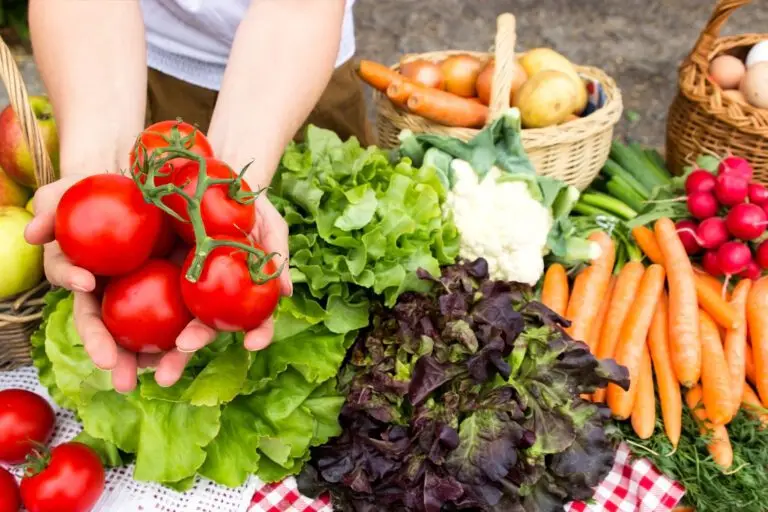By Natalie Lariccia
 With its bounty of lush, seasonal crops and rich agricultural history, it’s no secret that northeast Ohio is fast becoming a hub for the farm-to-table movement.
With its bounty of lush, seasonal crops and rich agricultural history, it’s no secret that northeast Ohio is fast becoming a hub for the farm-to-table movement.
“I absolutely think we are seeing an increase in [farm-to-table] popularity across the board,” says Heather Roszczyk, education and marketing manager at Countryside Conservatory in Peninsula. Countryside Conservancy aims to capitalize on that high interest, by building awareness of how food and farming affect our health and communities through programs such as Farms in the Park, an initiative that supports 10 farms in Cuyahoga Valley National Park, and “Countryside U”—classes focused on farming and food education.
Alyssa D’Amico, founder of Cleveland-based Niche Wellness health coaching firm, agrees. Her clients are “excited about supporting local farmers,” she says, “and are paying attention to eating quality food.” We see “trendy produce” like kale, arugula and heirloom tomatoes, she points out, and restaurants even incorporate this fresh focus in their cocktail menus, with drinks featuring basil, rosemary or lavender.
D’Amico says the demand for Community Supported Agriculture (CSA) is also growing. CSA members purchase “shares” of foods harvested from a local farm or community garden, often subscribing for the season for a flat fee. Their reward: fresh produce, eggs and other foods each week.
Aside from variety and taste, the farm-to-table movement also offers health benefits, such as organic (chemical-free) growing and grass-fed beef, typically leaner and rich in healthy Omega fatty acids.
Grass-fed, local beef is a featured menu item at the Circle L Steakhouse at The Galaxy Restaurant in Wadsworth. Co-owner Sean Leatherman says all ground beef and nearly 20 percent of all steaks served at Circle L and The Galaxy are from his family’s Burbank, Ohio family farm. Leatherman’s family raises a hormone-free cross between the Limousin and Angus cattle varieties, melding the traditionally lean Limousin with the flavor-rich Angus.
“If health is a concern, it’s a healthier, natural product. We know exactly where it comes from. I think people like buying locally,” Leatherman says.
Jackie Bebenroth, co-founder of Cleveland-based Spice of Life Catering Company, says Ohio’s climate and terrain make a natural farm-to-table mecca. Since she and her husband Ben founded Spice of Life in 2006, she says she, too, has seen a sprouting tendency to eat local as a lifestyle.
Spice of Life created a niche food business forging relationships with regional farmers, which enabled the company to create customized menus that revolve around local and sustainable ingredients. The company’s seasonal “Plated Landscapes” events, held at area farms, have grown from just a handful of guests to frequently selling out all 40 to 60 slots. The farmer typically joins the group; guests are encouraged to explore and often forage ingredients to be added to the evening’s meal.
In 2011, the Bebenroths opened Spice Kitchen & Bar, a restaurant in Cleveland’s hot Gordon Square neighborhood, with a seasonal menu featuring locally-sourced foods.
“We are so excited to be a part of the [farm-to-table] movement. When you talk about a trend, it’s been incredible how the farm-to-table movement has come to Ohio,” Bebenroth says.
But, Bebenroth concedes, farm-to-table hasn’t reached every neighborhood yet. Her hope for the future? “I hope it becomes more accessible.”




